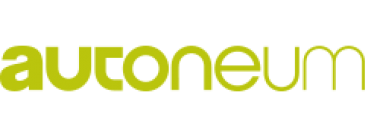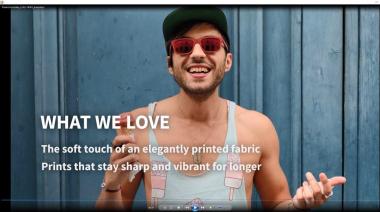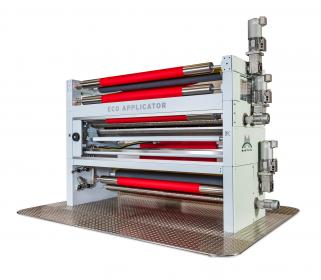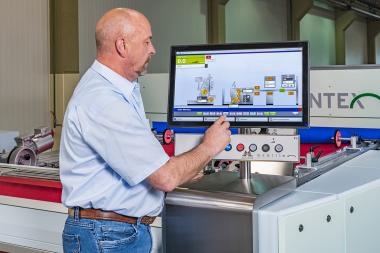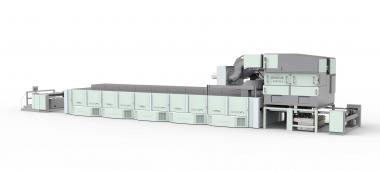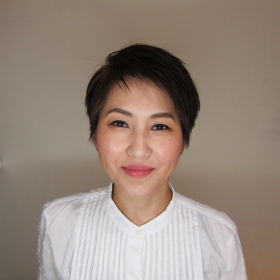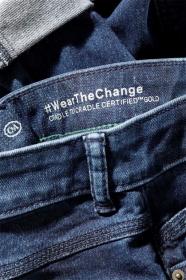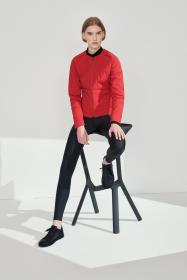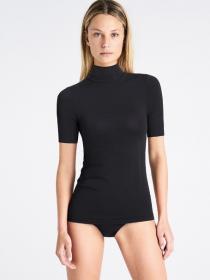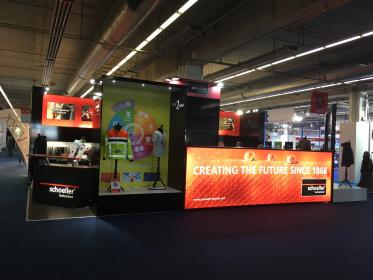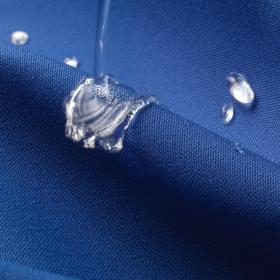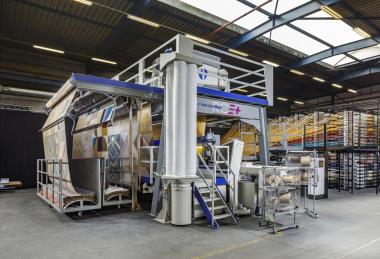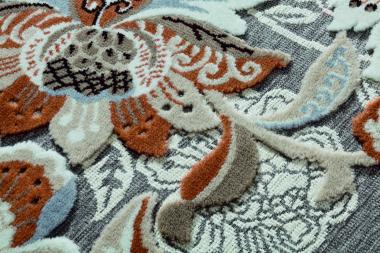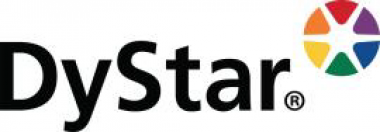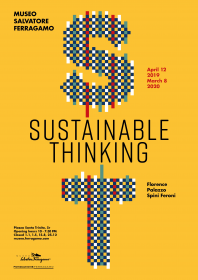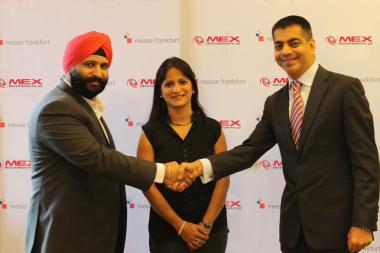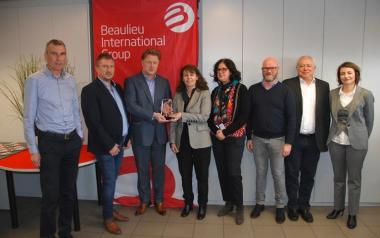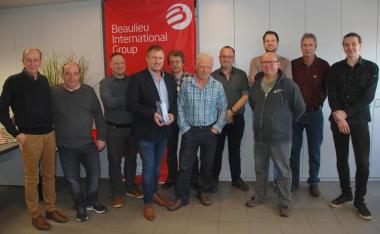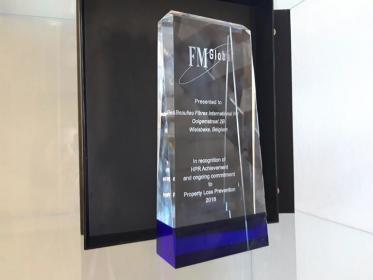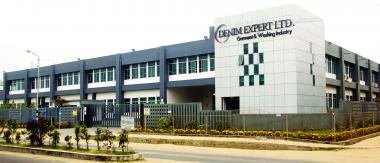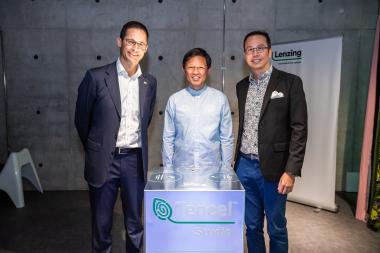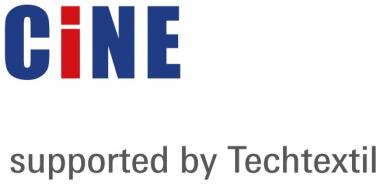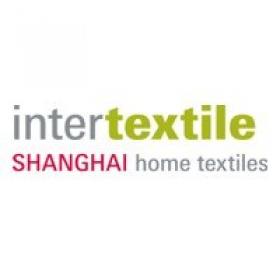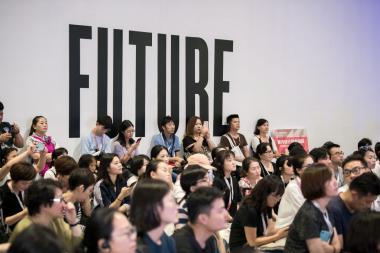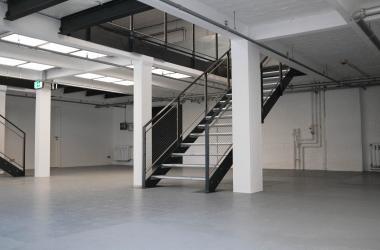Autoneum: Revenue growth in a strongly declining market
In a strongly declining market, Autoneum increased revenue in local currencies by 1.9% in the first six months of 2019 thanks to numerous model ramp-ups. At CHF 1 156.1 million, revenue in Swiss francs reached the previous year’s level (CHF 1 159.4 million). All four Business Groups outperformed the market. The turnaround program in North America is showing progress, but the persisting operational inefficiencies at two US plants continue to impact the profitability of the entire Group, as already communicated. Accordingly, EBIT fell to CHF 16.4 million in the first semester, while the anticipated negative net result totaled CHF –6.0 million.
The weak global macroeconomic environment, ongoing trade disputes and the resulting uncertainty among car manufacturers and consumers led to a further sharp decline in global light vehicle production in the first half of 2019. In this difficult market environment, Autoneum was able to increase its revenue by 1.9% in local currencies in the first six months compared to the prior-year period, particularly thanks to numerous model ramp-ups. At CHF 1 156.1 million, revenue in Swiss francs reached the prior-year’s level (CHF 1 159.4 million). While the number of vehicles produced in all regions declined, Business Groups (BG) North America, Asia and SAMEA (South America, Middle East and Africa) grew and outperformed the respective market developments, two of them significantly. Only at Business Group Europe did the sharp drop in production volumes among vehicle manufacturers result in fewer call-offs and lower year-on-year revenue.
Autoneum
Autoneum


